Partners in science
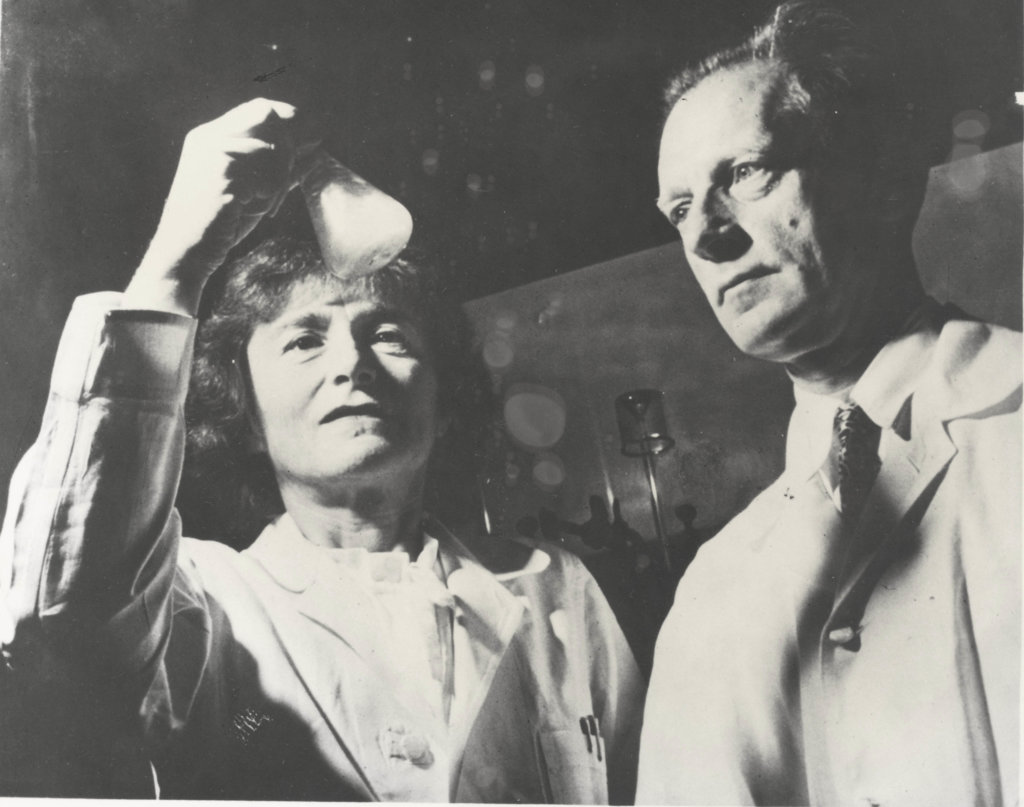
“One without the other would not have gone as far as in combination”
Gerty and Carl Cori went through medical school together, graduated, married, and emigrated from Vienna to Buffalo, sensing the rising anti-Semitism. In the US, they collaborated in most of their research work on how hormones and enzymes cooperate. In 1947, after 30 years of team work, they were awarded the medicine prize for their research on glycogen and glucose metabolism.
Read Carl Cori’s speech at the Nobel Prize banquet
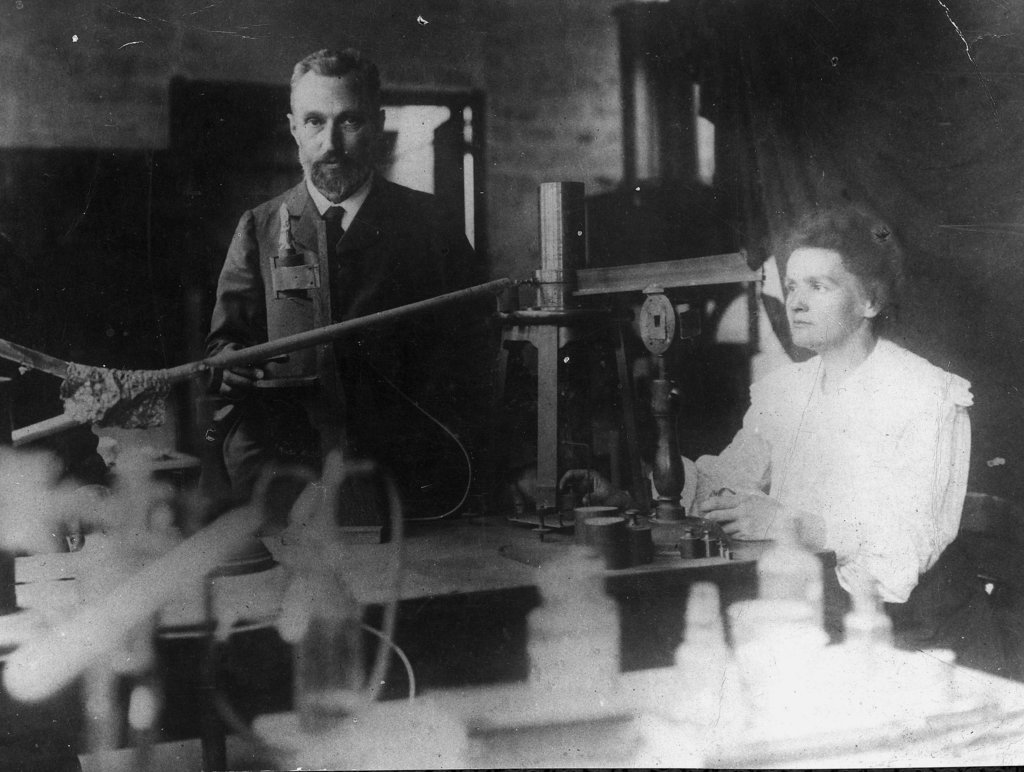
A fruitful collaboration
Marie and Pierre Curie married in 1895. In the same year, Henri Becquerel discovered that minerals containing uranium emitted a strong radiation. Marie became interested in these “uranium rays”, and her research resulted in the idea of a totally new element. This made Pierre put his own research aside and get deeply involved in Marie’s project, and in 1898, they discovered two new elements – polonium and radium.
Read more about the Curies and their work
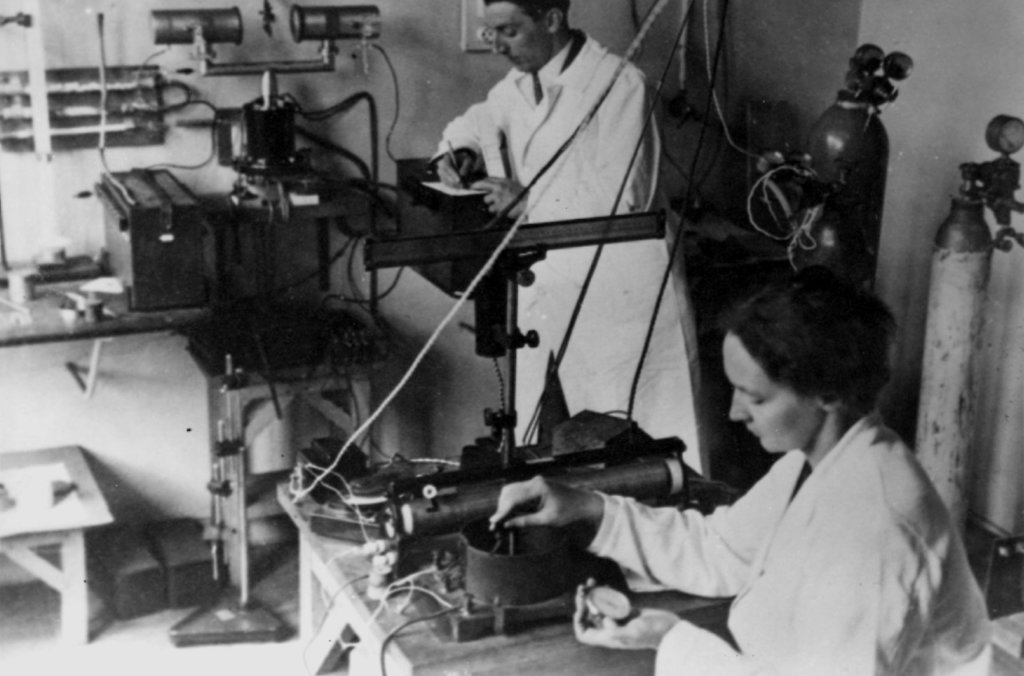
A scientific couple
Irène was the eldest daughter of Marie and Pierre Curie. She followed in her parents’ footsteps, and eventually started working at their Radium Institute. In 1924, Frédéric Joliot came to the institute to work as an assistant to Marie Curie. It was Irène who taught him the techniques around the research on radioactivity. They married in 1926. The couple researched both individually and together, in particular on the projection of nuclei, which was an essential step in the discovery of the neutron and the positron. Their greatest discovery was artificial radioactivity, for which they were jointly awarded the chemistry prize in 1935.
Have a look into the Joliot-Curie’s photo gallery

Photo: KW Gullers / Nordiska museet. Public domain, via Wikimedia Commons.
Source: http://digitaltmuseum.se/011013839731
Same interests – different prizes
The Myrdals, Alva and Gunnar, were leading social scientists of the 1930s, deeply interested in family politics and welfare issues. They are so far the only wife/husband team to acquire two awards in different disciplines. Gunnar had already been jointly awarded the 1974 Prize in economic sciences on research on the interrelations between economic, social and political processes, while Alva was awarded the Nobel Peace Prize in 1982 for her work countering nuclear proliferation.
Biography of Alva Myrdal
Biography of Gunnar Myrdal
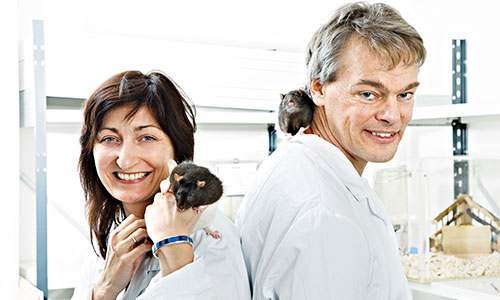
Photo: Geir Mogen/NTNU.
“We can always talk and discuss about the next steps”
Married couples where both partners have been awarded the Nobel Prize are not very common in the history of the Nobel Prize. But in 2014 it happened again – when May-Britt and – then husband – Edvard Moser were awarded the medicine prize for their discovery of our “inner GPS”. In this podcast, Edvard Moser talks about their long collaboration and the importance of their different personalities.
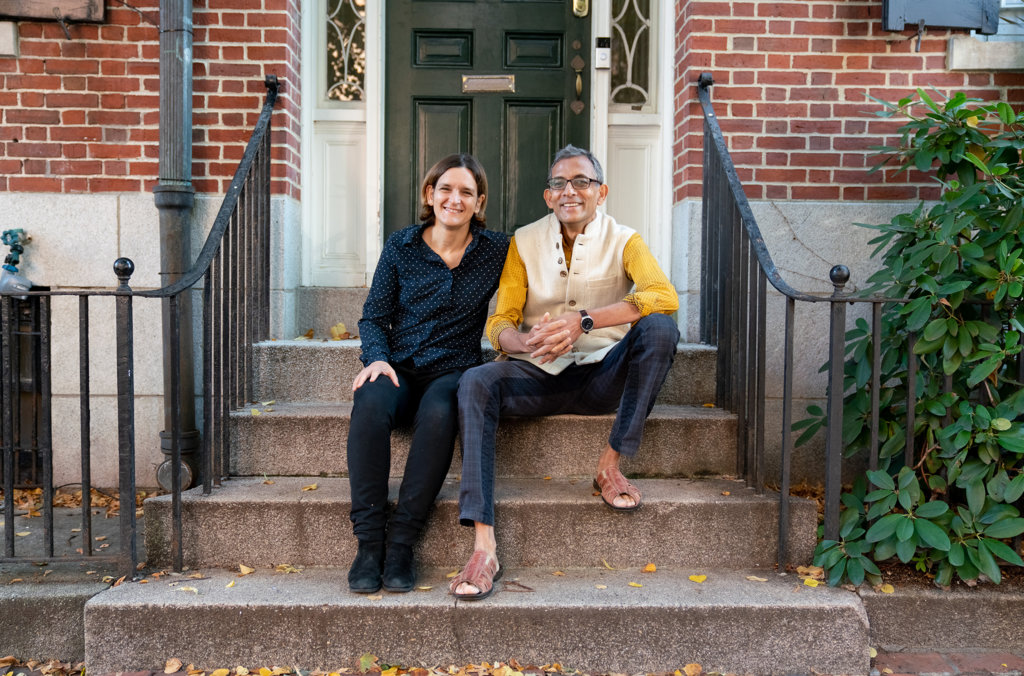
“It’s sort of been our entire family enterprise in a sense”
The sixth married couple that have been awarded a Nobel Prize or Prize in economic sciences is Esther Duflo and Abhijit Banerjee. This picture of them outside their home in Boston, MA, USA, was taken on 14 October after the announcement of the 2019 Prize in economic eciences. Together with Michael Kremer, they developed a new approach to alleviating global poverty. The laureates have shown how the problem of global poverty can be tackled by breaking it down into a number of smaller – but more precise – questions at individual or group levels.
Esther Duflo and Abhijit Banerjee on receiving the Nobel Prize call